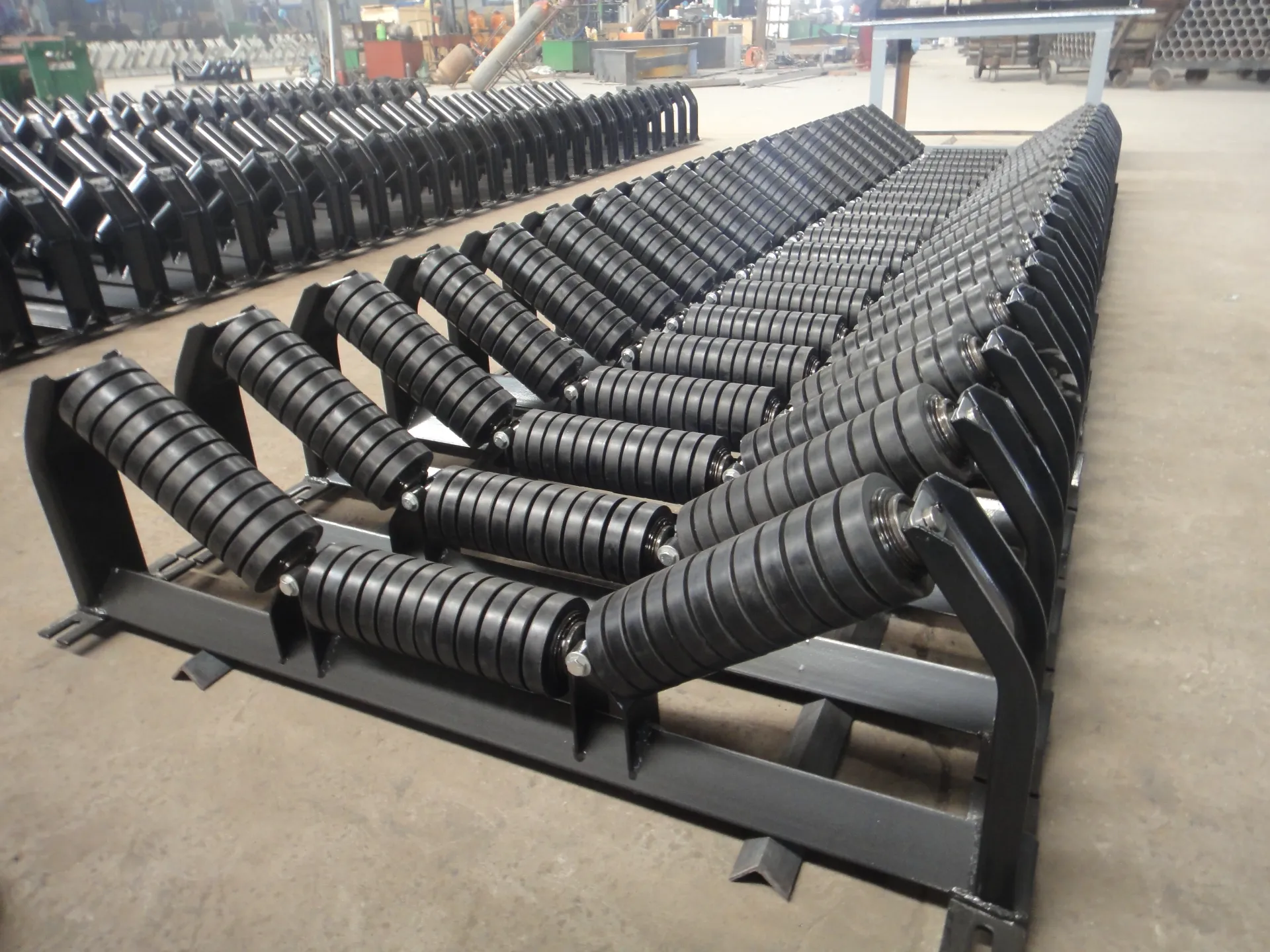 Afrikaans
Afrikaans  Albanian
Albanian  Amharic
Amharic  Arabic
Arabic  Armenian
Armenian  Azerbaijani
Azerbaijani  Basque
Basque  Belarusian
Belarusian  Bengali
Bengali  Bosnian
Bosnian  Bulgarian
Bulgarian  Catalan
Catalan  Cebuano
Cebuano  Corsican
Corsican  Croatian
Croatian  Czech
Czech  Danish
Danish  Dutch
Dutch  English
English  Esperanto
Esperanto  Estonian
Estonian  Finnish
Finnish  French
French  Frisian
Frisian  Galician
Galician  Georgian
Georgian  German
German  Greek
Greek  Gujarati
Gujarati  Haitian Creole
Haitian Creole  hausa
hausa  hawaiian
hawaiian  Hebrew
Hebrew  Hindi
Hindi  Miao
Miao  Hungarian
Hungarian  Icelandic
Icelandic  igbo
igbo  Indonesian
Indonesian  irish
irish  Italian
Italian  Japanese
Japanese  Javanese
Javanese  Kannada
Kannada  kazakh
kazakh  Khmer
Khmer  Rwandese
Rwandese  Korean
Korean  Kurdish
Kurdish  Kyrgyz
Kyrgyz  Lao
Lao  Latin
Latin  Latvian
Latvian  Lithuanian
Lithuanian  Luxembourgish
Luxembourgish  Macedonian
Macedonian  Malgashi
Malgashi  Malay
Malay  Malayalam
Malayalam  Maltese
Maltese  Maori
Maori  Marathi
Marathi  Mongolian
Mongolian  Myanmar
Myanmar  Nepali
Nepali  Norwegian
Norwegian  Norwegian
Norwegian  Occitan
Occitan  Pashto
Pashto  Persian
Persian  Polish
Polish  Portuguese
Portuguese  Punjabi
Punjabi  Romanian
Romanian  Russian
Russian  Samoan
Samoan  Scottish Gaelic
Scottish Gaelic  Serbian
Serbian  Sesotho
Sesotho  Shona
Shona  Sindhi
Sindhi  Sinhala
Sinhala  Slovak
Slovak  Slovenian
Slovenian  Somali
Somali  Spanish
Spanish  Sundanese
Sundanese  Swahili
Swahili  Swedish
Swedish  Tagalog
Tagalog  Tajik
Tajik  Tamil
Tamil  Tatar
Tatar  Telugu
Telugu  Thai
Thai  Turkish
Turkish  Turkmen
Turkmen  Ukrainian
Ukrainian  Urdu
Urdu  Uighur
Uighur  Uzbek
Uzbek  Vietnamese
Vietnamese  Welsh
Welsh  Bantu
Bantu  Yiddish
Yiddish  Yoruba
Yoruba  Zulu
Zulu Key Elements of a Belt Conveyor System for Efficient Material Handling
Components of Belt Conveyor System
Belt conveyor systems are widely used in various industries for transporting materials efficiently over long distances. They have become an integral part of modern manufacturing and logistics, enabling the seamless movement of goods from one point to another. Understanding the components of a belt conveyor system can help in better design, operation, and maintenance, ensuring optimal performance. In this article, we will explore the essential components that make up a belt conveyor system, shedding light on their roles and significance.
1. Belt
The most critical component of a belt conveyor system is the belt itself. The belt is typically made from materials such as rubber, PVC, or fabric, depending on the application's requirements. It serves as the carrying surface for the materials being transported. The belt's width, length, and thickness are determined by the weight and type of material to be moved, as well as the distance it needs to travel. Selecting the appropriate belt type is crucial for efficient operation and longevity of the conveyor system.
2. Pulleys
Pulleys are the cylindrical components that support the belt and facilitate its movement. There are two main types of pulleys driving pulleys and idler pulleys. The driving pulley is powered by a motor and is responsible for driving the belt, while idler pulleys support the belt's structure and keep it aligned. Proper alignment and positioning of pulleys are essential to reduce wear on the belt and to maintain the efficiency of the conveyor system.
3. Drive Unit
The drive unit consists of an electric motor, gearbox, and other associated components. It provides the necessary power to the driving pulley, enabling the belt to move. The selection of the drive unit depends on several factors, including the weight of the material being transported, the speed of the belt, and the length of the conveyor system. An efficient drive unit can significantly enhance the system's overall performance and energy efficiency.
4. Frame
components of belt conveyor system

The frame serves as the backbone of the conveyor system, providing support and structural integrity. It is usually made from steel or aluminum and is designed to withstand the weight of the materials being transported, as well as environmental factors. The design of the frame can vary based on the layout of the conveyor system, including fixed or portable configurations. A robust frame ensures stability and minimizes vibrations during operation, contributing to smoother material handling.
5. Tensioning System
The tensioning system is essential for maintaining proper tension in the belt. Over time, belts can stretch, which can lead to slippage and decreased efficiency. The tensioning system typically consists of tensioning pulleys and adjustment mechanisms that allow operators to apply the necessary tension to the belt. Ensuring the correct tension in the belt is crucial for preventing wear and prolonging the life of the conveyor system.
6. Chassis and Guides
Chassis and guides are used to support the belt along its path and to maintain alignment. Side guides are often installed to prevent materials from spilling over the edges of the belt, while support brackets ensure that the belt remains in the correct position as it moves. Properly designed chassis and guides not only improve the efficiency of the conveyor system but also enhance safety during operation.
7. Maintenance Features
To ensure the longevity and reliability of a belt conveyor system, various maintenance features are integrated into its design. These may include inspection doors, easy-access points for lubrication, and wear monitors to alert operators to potential issues before they escalate. Regular maintenance of these components is vital to prevent costly downtimes and ensure continuous operation.
Conclusion
A belt conveyor system is composed of various interdependent components that work together to provide efficient material handling solutions. Understanding the roles of the belt, pulleys, drive unit, frame, tensioning system, chassis, and maintenance features is crucial for anyone involved in the design, operation, or maintenance of these systems. By ensuring that each component is properly selected, installed, and maintained, businesses can optimize productivity, reduce operational costs, and extend the lifespan of their conveyor systems.
-
Revolutionizing Conveyor Reliability with Advanced Rubber Lagging PulleysNewsJul.22,2025
-
Powering Precision and Durability with Expert Manufacturers of Conveyor ComponentsNewsJul.22,2025
-
Optimizing Conveyor Systems with Advanced Conveyor AccessoriesNewsJul.22,2025
-
Maximize Conveyor Efficiency with Quality Conveyor Idler PulleysNewsJul.22,2025
-
Future-Proof Your Conveyor System with High-Performance Polyurethane RollerNewsJul.22,2025
-
Driving Efficiency Forward with Quality Idlers and RollersNewsJul.22,2025





























